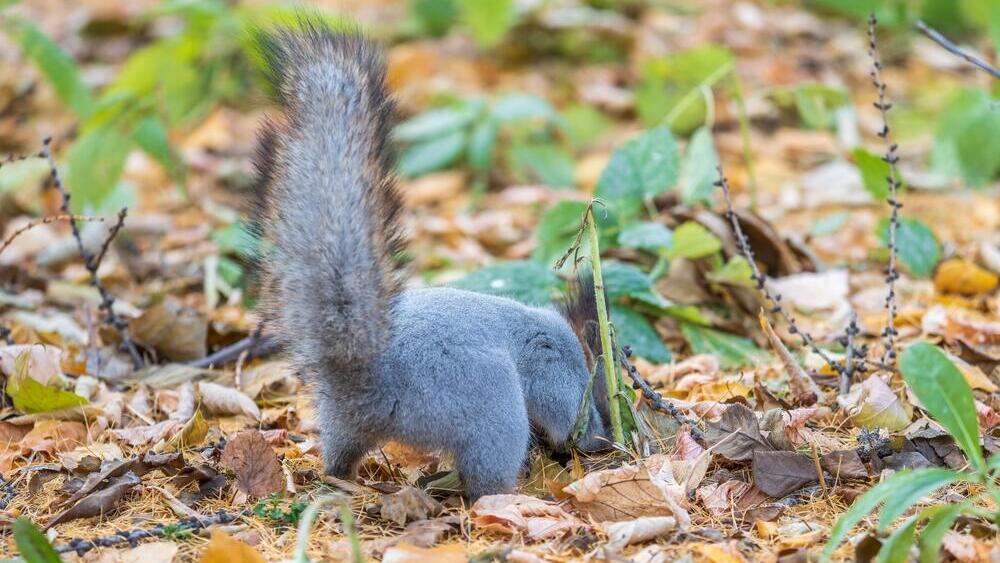Many animals, such as birds and squirrels, display an impressive ability to hide food and successfully retrieve it even after long periods. Traditionally, this behavior has been attributed to these animals having highly developed memories.
However, a groundbreaking new study by Dr. Oren Forkosh and Sharon Mordechai from the Department of Animal Sciences and the Department of Cognitive and Brain Sciences at the Hebrew University of Jerusalem offers a revolutionary explanation for this phenomenon.
Published recently in the scientific journal Scientific Reports, the study challenges the conventional understanding and proposes a more efficient mechanism rooted in principles from the fields of computing and artificial intelligence. The researchers developed a sophisticated mathematical model based on principles similar to hash functions commonly used in computing. This model describes how the activity of place cells in the brain's hippocampus can create a unique "signature" for each geographic location.
According to the researchers, this signature allows for the efficient encoding and retrieval of food locations without the need to remember each site individually. They further presented a simple neural network architecture capable of generating these signatures in a way that mimics brain activity. The model includes an input layer representing environmental landmarks and an output layer representing food hiding spots, with connections between the layers producing the unique "signature."
The findings suggest that this mechanism enables animals to manage thousands of food caches with remarkable efficiency, without the need for the complex memory system previously assumed. The proposed model provides a simpler and more scalable explanation for information processing in the brain, potentially leading to new insights into cognitive processes in animals and humans. Moreover, the study illustrates how principles from artificial intelligence can shed light on complex biological processes and offer new perspectives on brain function.
"Our findings offer a fascinating new perspective on animal behavior and cognitive processes," explained Dr. Forkosh. "By using principles from computing and artificial intelligence, we've proposed a simpler mechanism that explains how animals can manage vast amounts of spatial information."
He added, "This research not only challenges the existing understanding of animal memory capabilities but also opens new avenues for understanding information processing in the brain more broadly." This study demonstrates how basic research can bridge different scientific fields, leading to surprising and significant insights. The insights gained may pave the way for innovative developments in artificial intelligence and deepen our understanding of human brain function.



